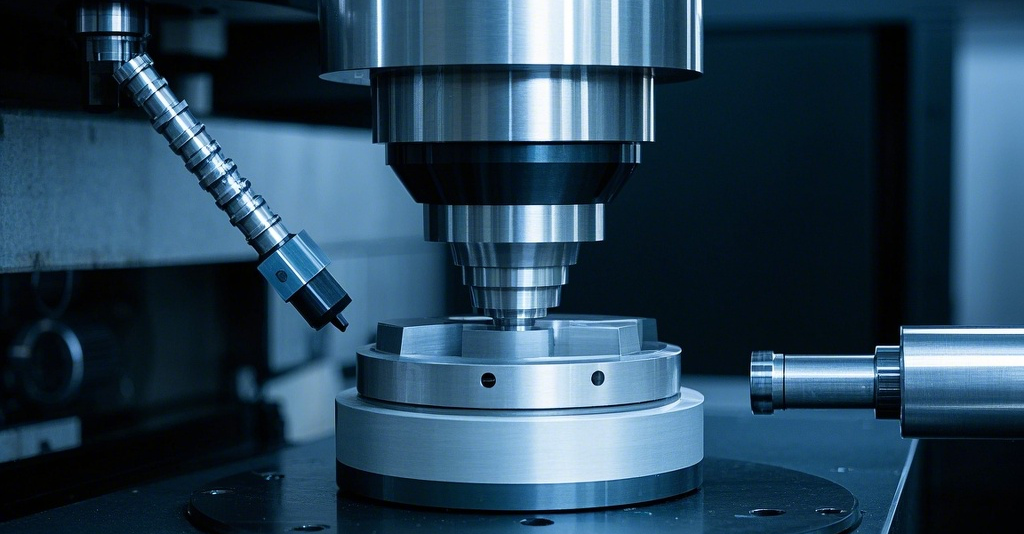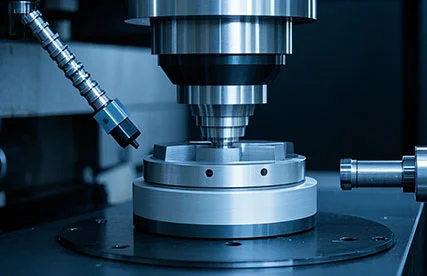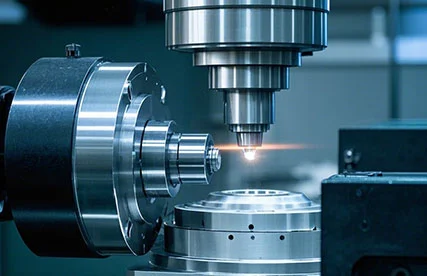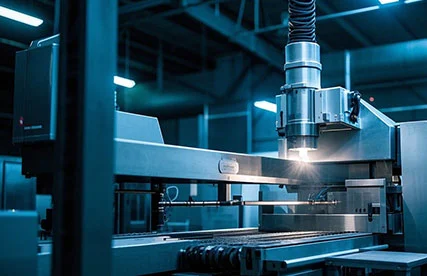Low-volume CNC machining involves producing a limited number of parts, typically ranging from 10 to 1,000 units, offering manufacturers a way to reduce production costs while maintaining flexibility for design adjustments without significant financial risk.
This article explores low-volume CNC machining in detail, including its advantages and strategies to maximize your budget during production.
Low-volume CNC machining combines the precision of CNC technology with the flexibility of small-batch production. Not all businesses require mass production—some only need limited quantities for prototyping, market testing, or customized applications.
Additionally, low-volume CNC machining is cost-effective, eliminating the need for expensive molds. It serves as an ideal bridge between prototyping and full-scale production, allowing businesses to refine designs before committing to large orders.

Businesses adopt this approach for several compelling reasons:
Enhanced Manufacturing Flexibility
Unlike injection molding or die casting, CNC machining allows easy design modifications at minimal cost.
Companies can test small batches, gather feedback, and refine products before mass production.
Faster Time-to-Market
Rapidly changing technologies and consumer preferences demand agility.
Low-volume production ensures quick turnaround, helping businesses stay competitive.
Improved Cash Flow
Shorter production cycles lead to faster sales and revenue generation.
Reduced upfront costs minimize financial strain.
High-Quality Components
CNC machines deliver tight tolerances and superior surface finishes, ensuring precision even in small batches.
A Critical Link in the Production Chain
Acts as a bridge between prototyping and mass production.
Supports customization and low-risk product validation.
Follow these strategies to reduce costs and optimize efficiency:
1. Simplify and Standardize Designs
Avoid complex geometries to minimize machining time and tooling expenses.
Break intricate parts into smaller assemblies for easier production.
Key Tips:
Use standard thread sizes (e.g., M6, UNC) to avoid custom tooling.
Avoid excessively tight tolerances unless absolutely necessary.
Design holes with standard drill sizes (depth ≤ 5–6× diameter).
2. Choose the Right Material
Select materials with good machinability (e.g., aluminum, brass, POM).
Avoid exotic metals unless required for functionality.
3. Optimize Finishing & Text
Avoid intricate engravings—opt for laser marking or screen printing instead.
Use cost-effective finishes like bead blasting or anodizing.
4. Apply Design for Manufacturing (DFM)
Design parts for easy machining (e.g., avoid deep cavities).
Prefer 3-axis machining over 5-axis when possible.
5. Minimize Material Waste
Optimize nesting to reduce scrap.
Recycle metal chips and excess material.
Looking for a reliable low-volume CNC machining partner? Hengli offers:
Advanced CNC milling & turning
3D printing & sheet metal fabrication
Rapid tooling & on-demand manufacturing
Experienced engineering support
Contact us today to bring your small-batch projects to life!
Low-volume CNC machining is a smart, cost-effective solution for businesses needing high-quality, small-batch parts. By optimizing designs, materials, and processes, you can achieve precision, flexibility, and affordability without compromising quality.


